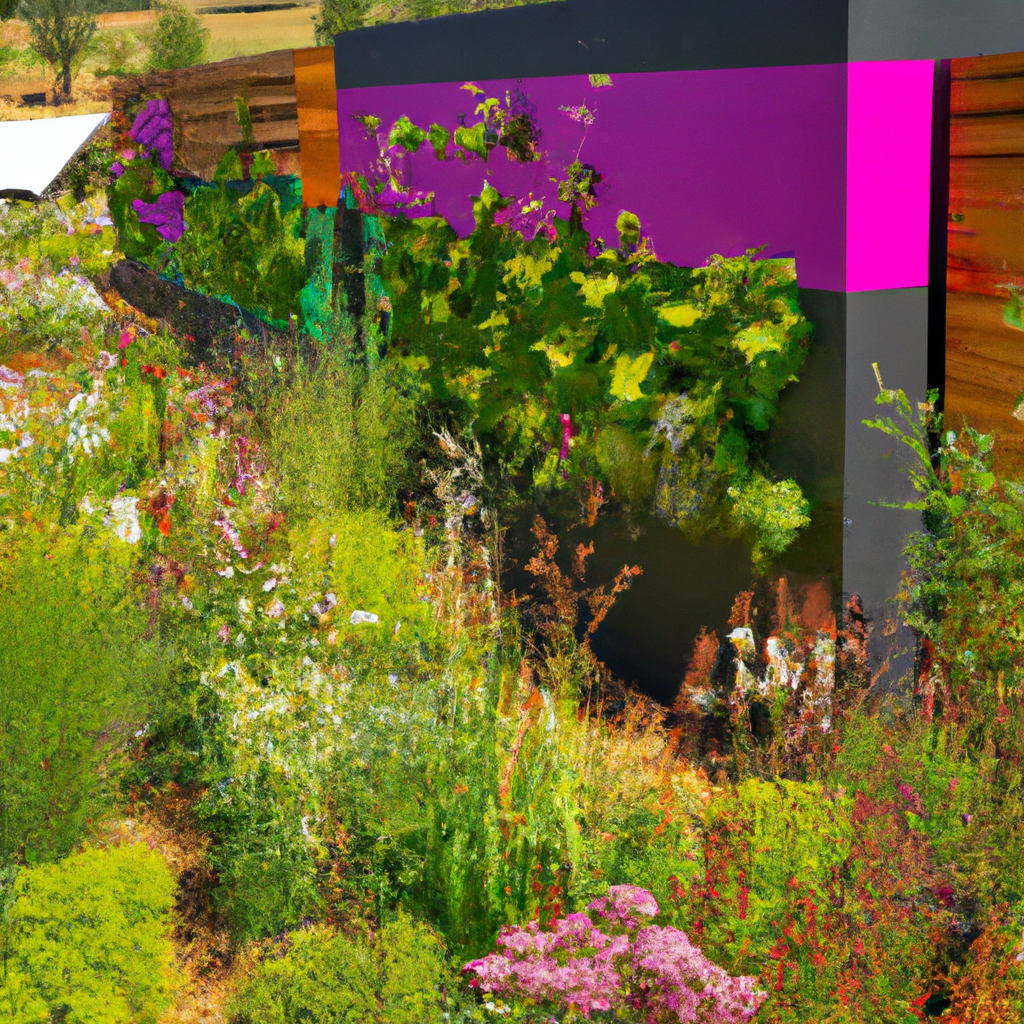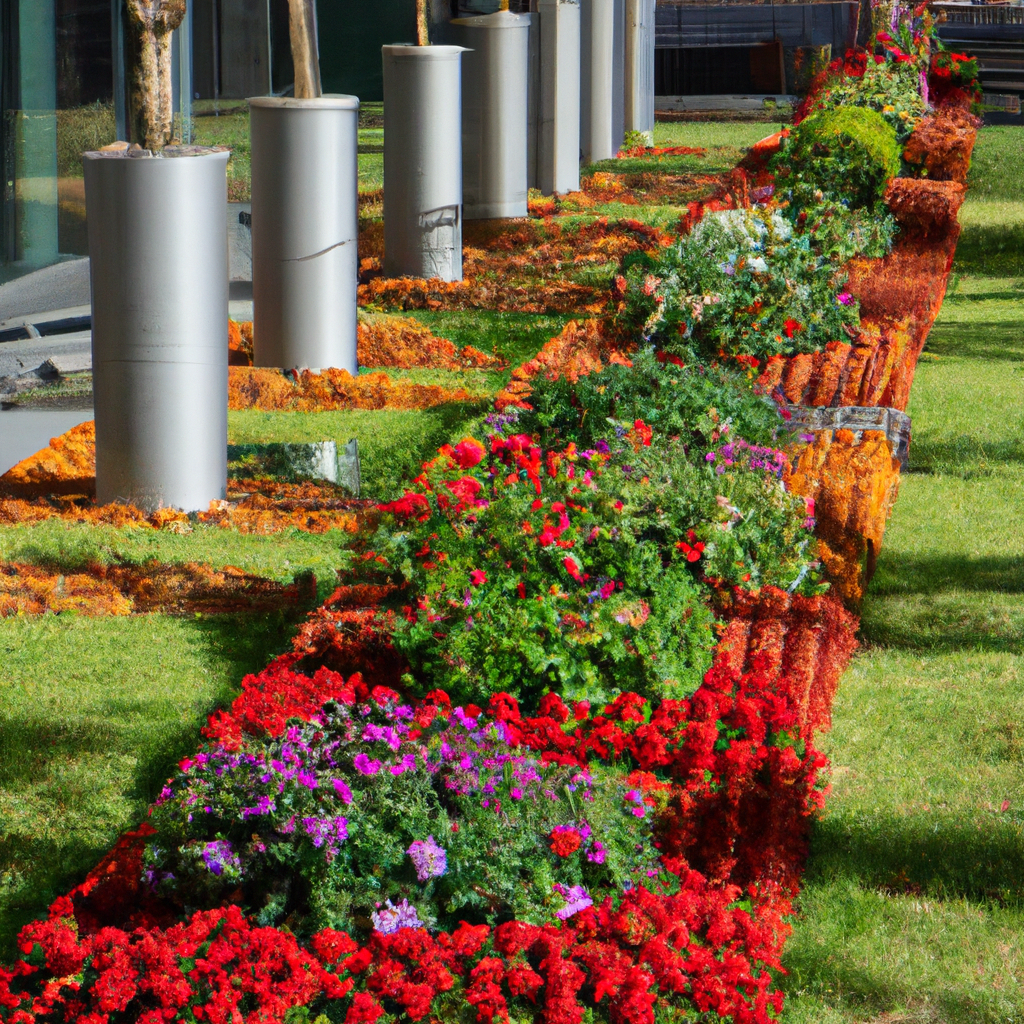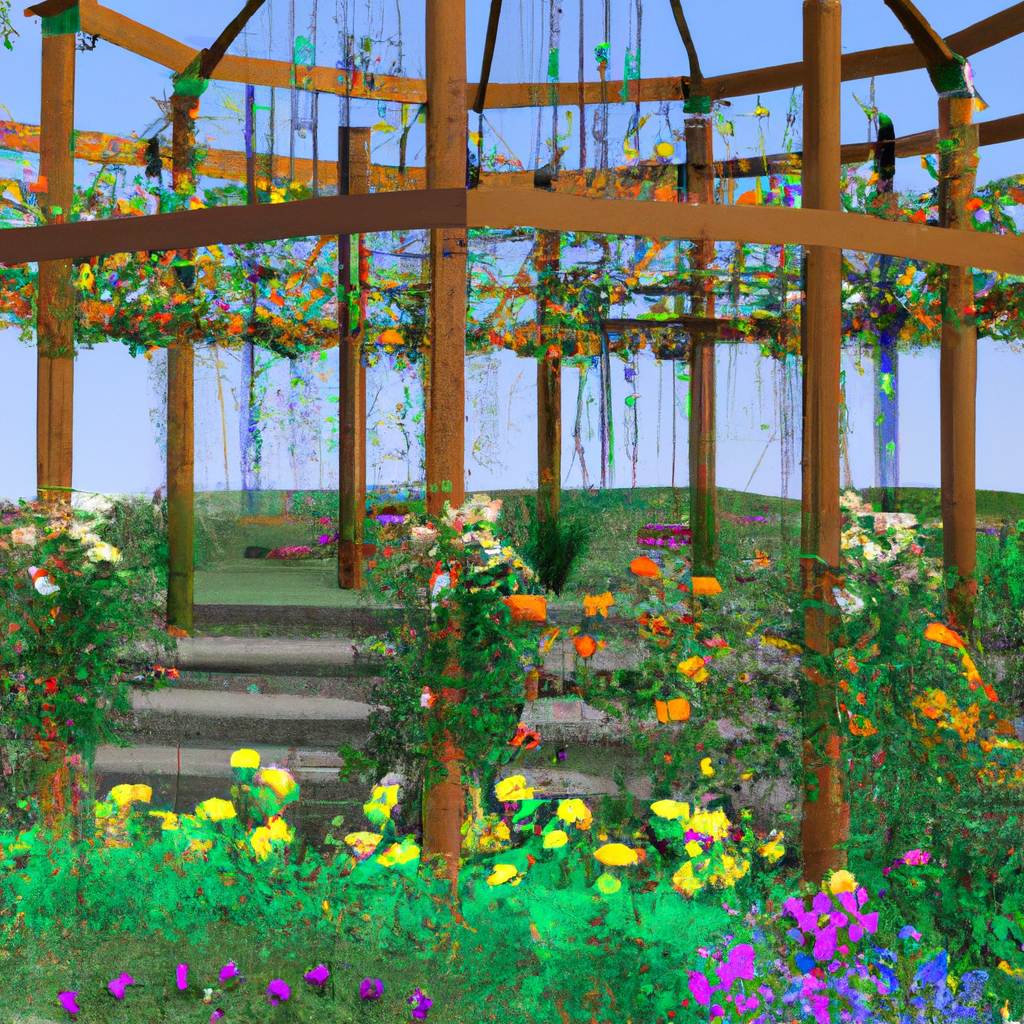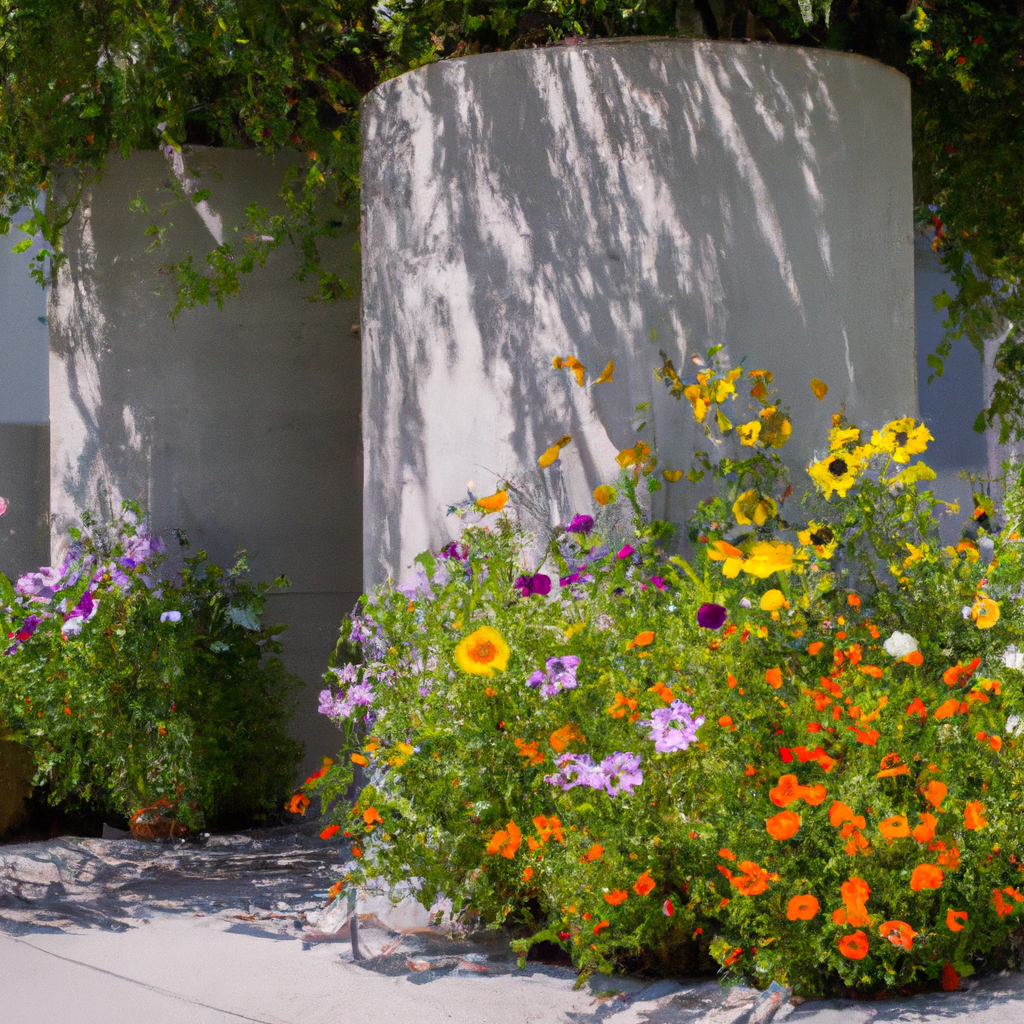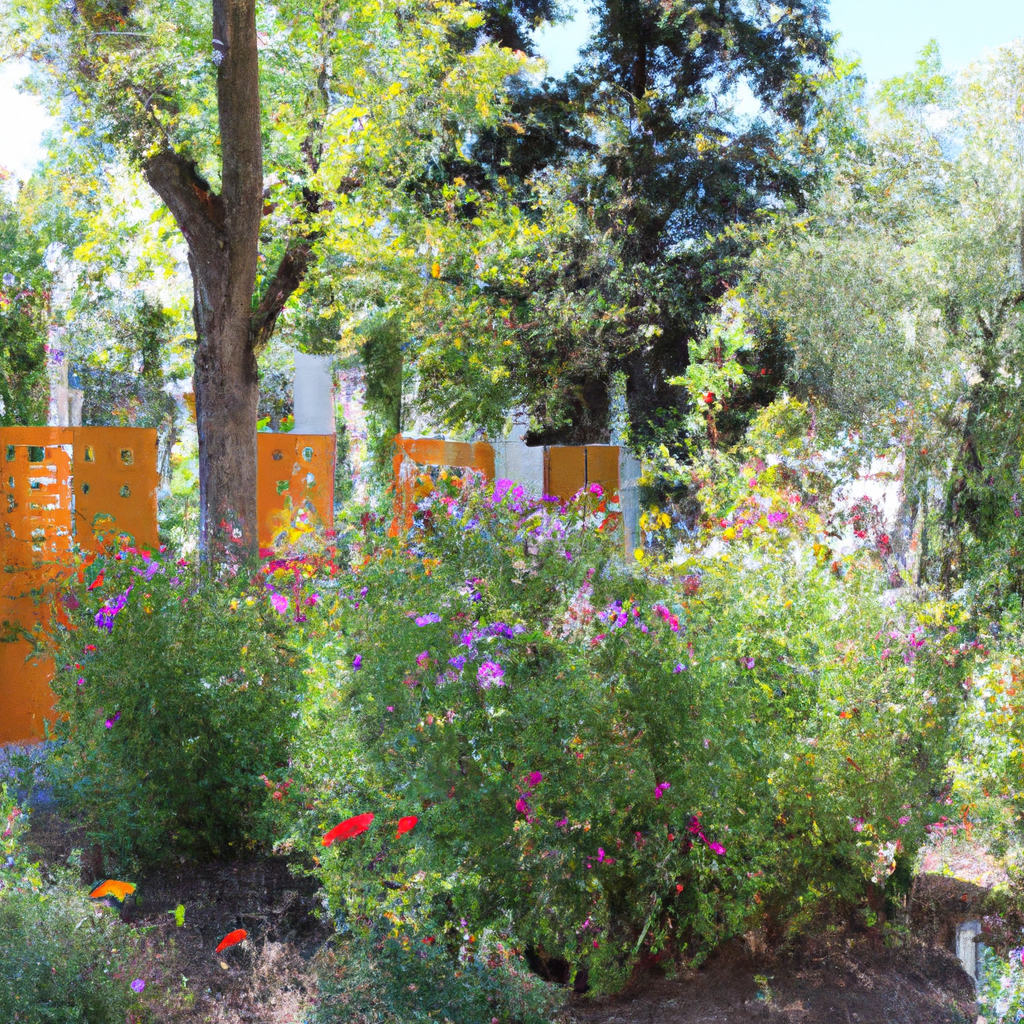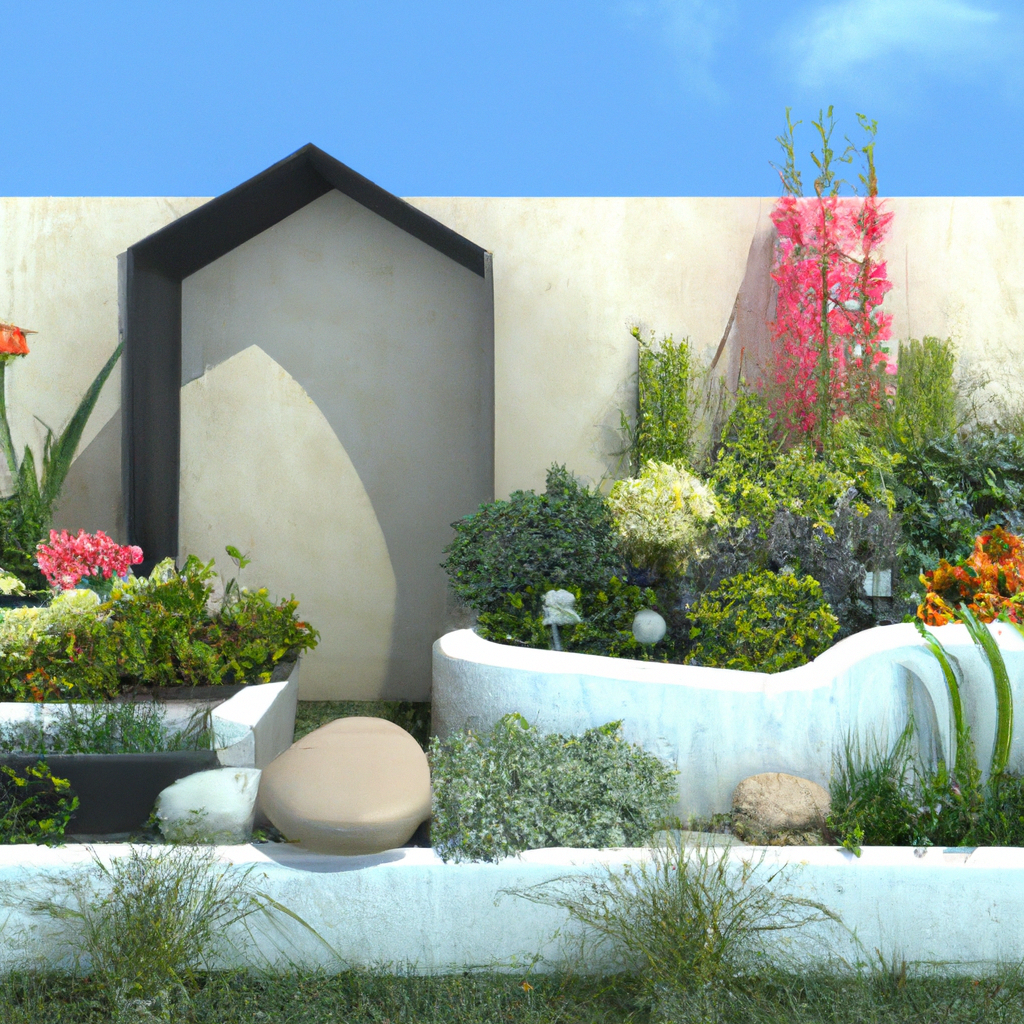[ad_1]
Indoor plants are a wonderful way to enhance your living space, improve air quality, and boost your mood. However, not all plants thrive in the same lighting conditions. Understanding your indoor lighting and selecting the right plants can make all the difference in creating a vibrant, healthy indoor garden. Here’s a guide to help you choose the right indoor plants based on your specific lighting conditions.
Understanding Indoor Lighting Conditions
Before diving into plant selection, it’s essential to assess the lighting in your home. Indoor lighting conditions can generally be categorized into three main types:
-
Low Light: This refers to areas that receive minimal natural light, typically found in rooms with small windows or those located in the interior of a house. Examples include hallways, bathrooms, and some offices.
-
Medium Light: These areas receive indirect sunlight for a few hours a day. This can include rooms with east or north-facing windows, or spaces that are bright but not in direct sunlight.
-
Bright Light: Bright light areas receive direct sunlight for several hours a day, often found near south or west-facing windows. These spaces can be warm and sunny, ideal for plants that love the sun.
Choosing Plants for Low Light Conditions
Plants that thrive in low light conditions tend to have adapted to lower levels of natural light. Here are some excellent choices:
-
Snake Plant (Sansevieria): Known for its hardy nature, the snake plant tolerates low light and requires minimal care. Its upright, architectural leaves add a modern touch to any room.
-
ZZ Plant (Zamioculcas zamiifolia): Another low-light champion, the ZZ plant has glossy, dark green leaves and can survive in neglect. It’s perfect for beginners!
-
Pothos (Epipremnum aureum): This trailing vine is not only adaptable to low light but also purifies the air. Its heart-shaped leaves come in various shades and patterns.
-
Cast Iron Plant (Aspidistra elatior): True to its name, the cast iron plant is nearly indestructible and thrives in low-light conditions, making it an ideal choice for darker spaces.
Selecting Plants for Medium Light Conditions
Medium light conditions open up a wider variety of options. Here are some plants that flourish in moderate light:
-
Peace Lily (Spathiphyllum): Known for its beautiful white blooms, the peace lily does well in medium light and is also known for its air-purifying qualities.
-
Spider Plant (Chlorophytum comosum): This resilient plant is great for hanging baskets and tolerates a range of lighting conditions, though it prefers bright, indirect light.
-
Dracaena: With various species and striking foliage, dracaenas can adapt well to medium light. They come in various colors and sizes, making them versatile for any space.
-
Boston Fern (Nephrolepis exaltata): This lush, feathery fern thrives in medium light and adds a touch of greenery to any room, though it does require consistent moisture.
Opting for Plants in Bright Light Conditions
If you have ample sunlight in your home, you can select from a range of sun-loving plants:
-
Succulents and Cacti: These drought-resistant plants thrive in bright light and add a unique aesthetic to your indoor garden. Popular options include aloe vera, jade plant, and various types of cacti.
-
Fiddle Leaf Fig (Ficus lyrata): This trendy plant is known for its large, violin-shaped leaves and thrives in bright, indirect light, making it a stunning focal point.
-
Rubber Plant (Ficus elastica): With its glossy leaves, the rubber plant performs best in bright light and can grow quite tall, making it a dramatic addition to your space.
-
Geraniums: If you enjoy flowering plants, geraniums do well in bright light and can bring vibrant colors to your indoor garden. They prefer sunny windowsills!
Additional Tips for Plant Care
When selecting indoor plants, consider the following tips to enhance their growth and health:
-
Rotate Your Plants: To ensure even growth, rotate your plants regularly to help all sides receive adequate light.
-
Monitor Watering Needs: Different plants have varying watering requirements. Always check the moisture level of the soil before watering to avoid over or under-watering.
-
Consider Humidity Levels: Some plants, like ferns and tropical varieties, may require higher humidity. Consider grouping plants together or using a humidifier if needed.
-
Watch for Pests: Keep an eye out for common indoor pests. Regularly inspect your plants and take action if you notice any signs of infestation.
Conclusion
Choosing the right indoor plants based on your lighting conditions can transform your living space into a lush, vibrant oasis. By understanding your specific lighting situation and selecting plants that thrive in those conditions, you can enjoy a beautiful indoor garden that enriches your home environment. Whether you’re a seasoned plant parent or just starting out, the right plants can bring joy and life to any room. Happy planting!
[ad_2]
